Gardening enthusiasts understand the importance of the right materials in creating a beautiful and functional outdoor space. One often overlooked yet essential component is the use of aggregates. Aggregates for gardens are not only decorative but also serve practical purposes, such as improving drainage, preventing soil erosion, and providing a stable foundation for pathways. In this guide, we’ll explore the different types of aggregates for gardens, helping you choose the best options for your landscape.
What Are Garden Aggregates?
Aggregates are materials composed of rock fragments that are used in construction and landscaping. In gardening, they come in various sizes, shapes, and colors, making them a versatile choice for both aesthetic and functional purposes. The main types of aggregates used in gardens include gravel, crushed stone, sand, and pebbles. Each type offers unique benefits, depending on your garden’s specific needs.
Types of Aggregates for Gardens
1. Gravel
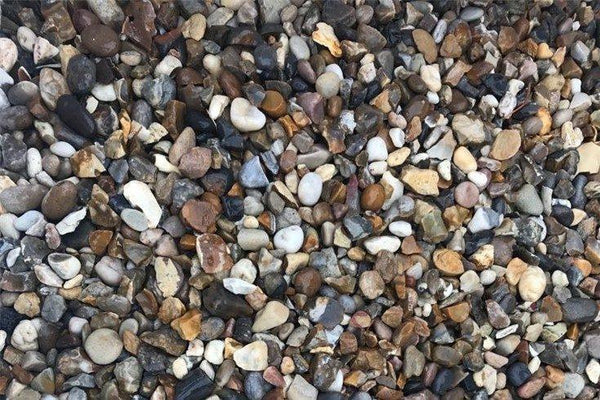
Gravel for gardens is one of the most commonly used aggregates in gardens. It comes in various sizes, ranging from small pebbles to larger stones. Gravel is perfect for creating pathways, driveways, and garden beds. Its porous nature allows for excellent drainage, making it ideal for areas prone to heavy rainfall. Additionally, gravel helps prevent weed growth by providing a barrier between the soil and sunlight.
Popular Uses:
- Pathways and driveways
- Decorative garden beds
- Mulch alternative
2. Crushed Stone
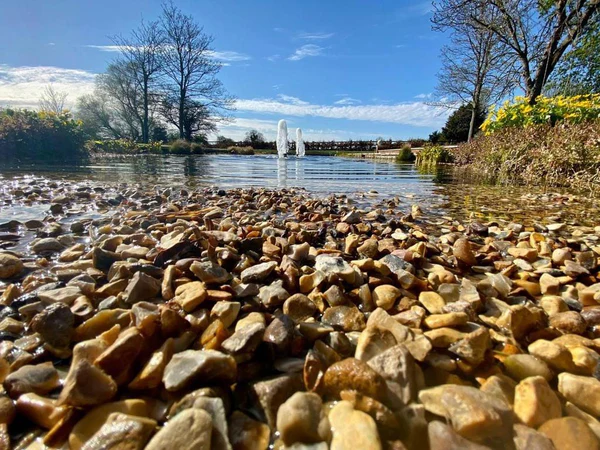
Crushed stone is another popular choice, particularly for more substantial landscaping projects. It consists of irregularly shaped fragments, often used for creating a rustic, natural look. Crushed stone is excellent for base layers in garden paths and patios, offering stability and durability. It’s also a good choice for areas where you need to ensure proper drainage.
Popular Uses:
- Base for patios and walkways
- Rock gardens
- Retaining wall filler
3. Sand
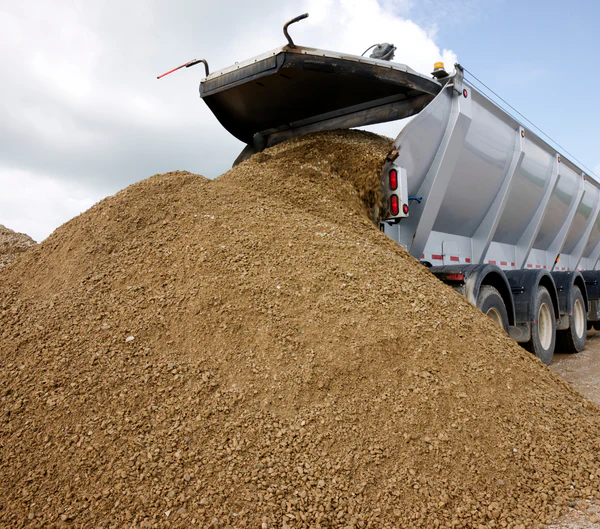
Sand is a fine aggregate that can be used in various ways in garden landscaping. It’s commonly used to level out paving stones or bricks, providing a stable base. Sand is also beneficial in creating looser, more workable soil for planting, especially in clay-heavy areas where drainage is an issue.
Popular Uses:
- Paving base
- Soil amendment
- Children’s play areas
4. Pebbles and Cobbles
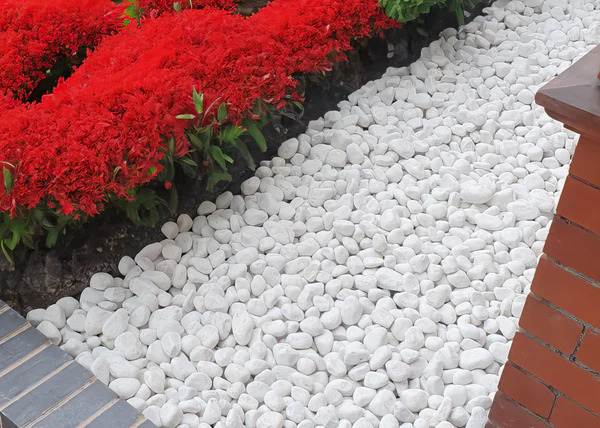
Pebbles and cobbles are smooth, rounded stones that add an aesthetic appeal to gardens. They come in various colors and sizes, making them perfect for decorative features like garden borders, water features, and Zen gardens. Pebbles are particularly useful for suppressing weed growth and retaining soil moisture, while cobbles can be used for edging and creating visual interest.
Popular Uses:
- Decorative borders
- Water features
- Zen gardens
5. Slate Chips
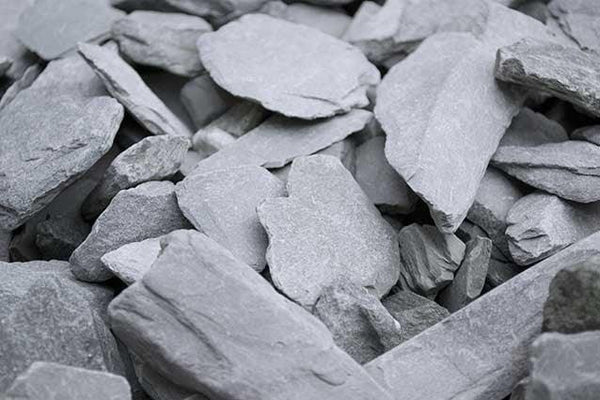
Slate chips are thin, flat stones that provide a modern, sleek look to garden landscapes. They are often used as mulch, helping to retain soil moisture and reduce weed growth. Slate chips are also a great choice for pathways and patios, offering a unique texture and color that stands out in any garden setting.
Popular Uses:
- Mulch alternative
- Pathways and patios
- Decorative accents
Choosing the Right Aggregate for Your Garden
When selecting aggregates for your garden, consider the following factors:
- Purpose: Determine whether you need aggregates for decorative, functional, or both purposes. For example, gravel and crushed stone are excellent for drainage and stability, while pebbles and slate chips are more decorative.
- Size and Shape: The size and shape of the aggregate can affect its function. Larger stones provide more stability, while smaller aggregates are better for decorative purposes.
- Color: Aggregates come in various colors, allowing you to match or contrast with your garden’s theme.
- Budget: While aggregates are generally cost-effective, some types, like decorative pebbles, can be more expensive. Choose based on your budget and the area you need to cover.
Conclusion
Aggregates for gardens are a versatile and essential component in landscaping, offering both aesthetic and practical benefits. Whether you’re looking to create a beautiful pathway, enhance your garden beds, or improve drainage, there’s an aggregate type that fits your needs. By understanding the different types of aggregates and their uses, you can make informed choices that enhance the beauty and functionality of your garden.
0 Comments